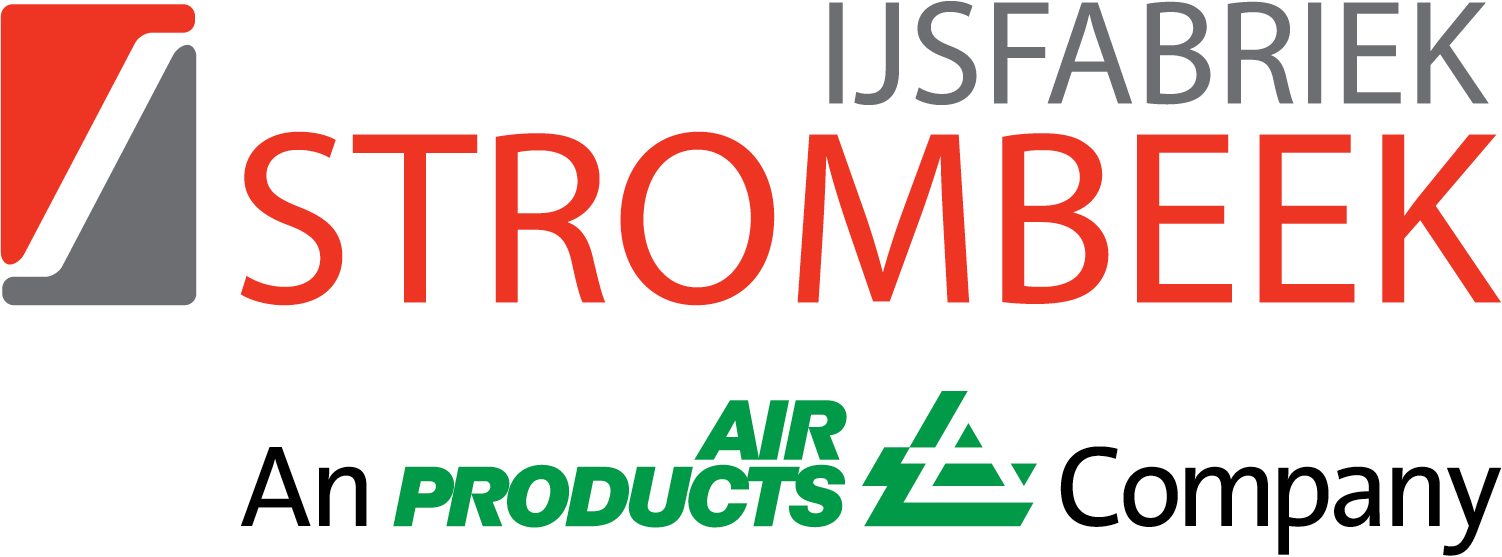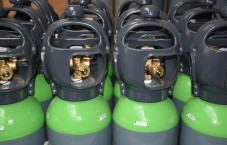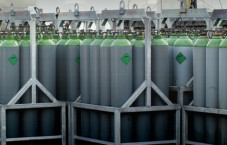Laser cutting

Process
With laser cutting, thermal energy is used to let the material to be processed melt or evaporate. The heat is generated by the laser itself. To obtain a suitable laser beam, the laser beam is concentrated by means of a lens.
By adding a high purity auxiliary gas, the melted or evaporated material is disposed of. This takes care of a nice cut and protects the focus lens against rising material or rising vapours. In order to achieve a high quality and production speed the purity of the gas used is of the highest importance.
With the sharp laser beam one can cut a large number of metals and non-metals such as plastics, glass, wood and textile. In addition to the laser cutting, lasers are also used in the industry for other operations such as engraving and welding of components and for surface treatments such as hardening.
Requirements
In the industry, there are two types of lasers commonly used:
- The CO2 laser is the most common and is usually used in metallurgy
- The YAG laser can generate a large power, and is transportable on glass fibre
IJsfabriek Strombeek provides the high pure auxiliary gases necessary for the optimisation of the laser cutting with a CO2 laser:
- Carbon dioxide (CO2)
- Nitrogen (N2)
- Helium (He)
These can be supplied as individual components for a CO2-laser with built-in gas mixer or as ready-to-use gas mixtures.
For the cutting of steel, high purity oxygen 3.5 (O2) is usually used and for stainless steel one uses high purity nitrogen 5.0 (N2).
Advantages
- The laser cutting creates a very fine cut and little material loss
- The area affected by the heat is therefore very small
- With the laser cutting complex contours can be cut without problems
- Laser cutting is also applicable to round and square tubes
- Because titanium has a very low ignition temperature and a great sensitivity for oxidation, this material can be easily cut very with a laser
- Glass can be cut with a CO2 laser. This option is used when cutting quartz tubes for lamps. Another application is a fully automatic cutting of car mirrors
Delivery forms


